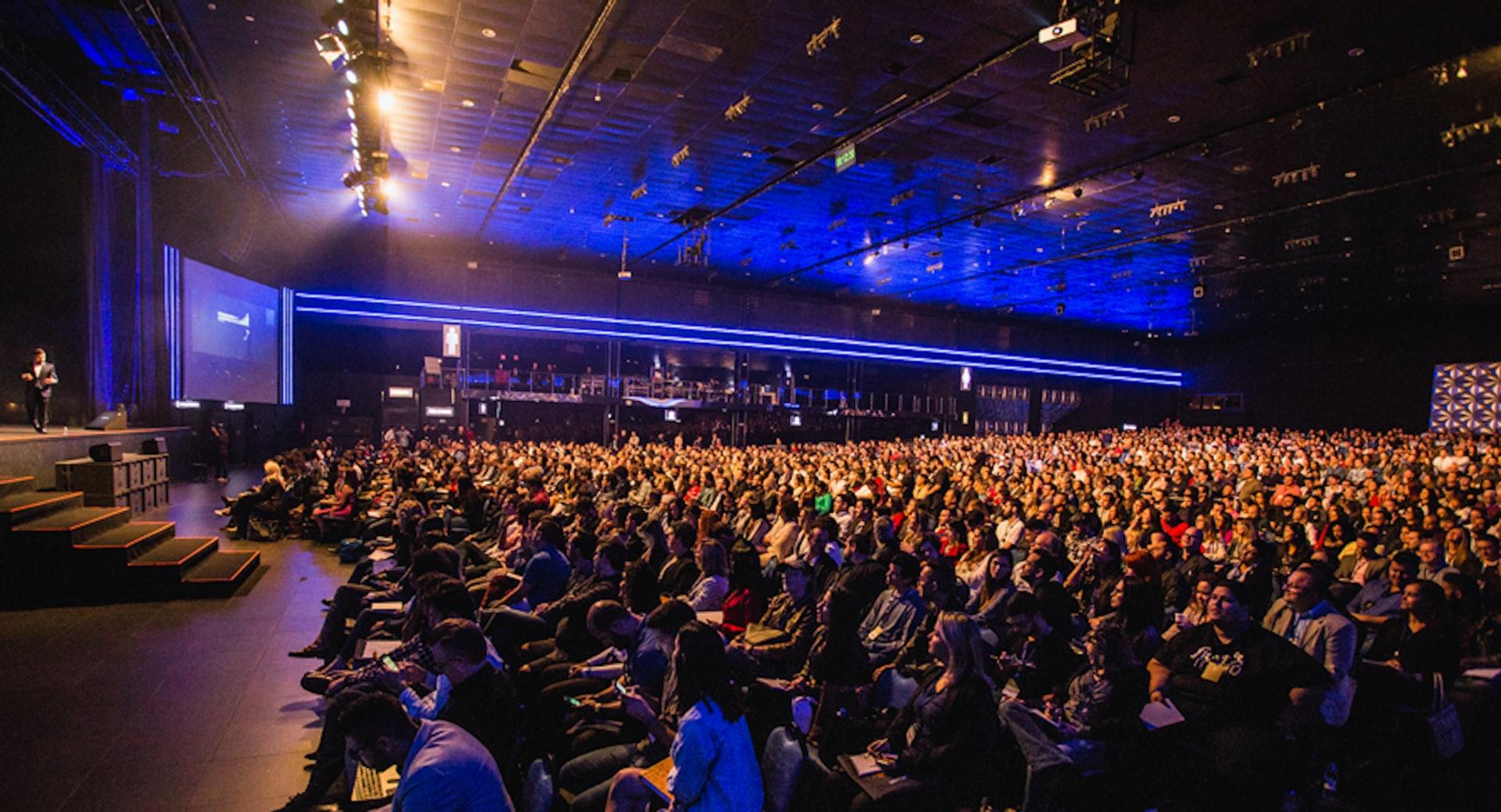While event technology has been on the upswing since the early 2000s, the Covid-19 pandemic proved organizers and attendees don’t just want it — they need it to stay relevant. Musicians alone have live-streamed almost 80,000 concerts since 2020.
Live streaming is only one aspect of the ever-growing event technology industry. Even if you don’t plan on streaming an event, here are six ways event tech can improve the attendee experience, bolster attendance and make every event smoother.
1. Reduce Long Lines for Tickets and Registration
The days of registering for events, whether it’s a charity run or concert, are over. That’s good for event planners because a recent survey showed that 45% of event-goers abandon lines without making purchases. While that study focused on purchasing food and drinks, the same may also be said for event registration and tickets.
People will wait in long lines for their favorite bands and new products, but if you’re a new brand, have you established that kind of loyalty yet? Unless you’re a true marketing maverick, the answer is probably not.
If you’re hosting a new trade show, convention or sporting event, you need the convenience of online registration technology on your side. When people don’t have to suffer through long lines, they may be more likely to give your event a chance.
2. Live Streaming Boosts Attendance
As we mentioned earlier, live streaming is on the rise. While that obviously means more people can see your event happening in real-time, it can also boost attendance for future events.
According to a survey conducted by event planning publication Events Today, 23% of people who attended virtual events later attended physical events organized by the same company. If potential participants are on the fence about attending, a virtual event is a way for them to test the waters.
3. Delivering and Presenting Content
If event technology makes events more accessible, what can it do for organizers during the event itself? That answer lies in better, more convenient audio/visual equipment.
A trained A/V team is hard to beat for large events and concerts, but not every organization is blessed with a big budget. Instead, event planners can turn to new event technology that uses less manpower and costly equipment. Let’s look at an example.
Say you’re hosting a seminar in a large space. Not everyone will be able to see the keynote speaker they’ve been waiting for. Traditionally, you’d need multiple cameras, a huge soundboard and lots of lights to make it happen. Every one of those aspects needs multiple trained technicians.
Now, you can use programmable LED light walls, digital cameras and wireless microphones to make that happen at a fraction of the cost and effort. A small team of two or three technicians oversees it all.
4. Communication and Direction
For successful events of all kinds, communication is key. Attendees need maps, schedules, pamphlets and signs to know where to go. Printing costs can bloat event budgets even though all of those materials are necessary.
Instead, consider communicating through digital platforms. This can be a website, social media page or even an AI chatbot that sends important information directly to attendees’ phones. While signage is still necessary, your event can rely on it much less when you implement digital marketing communications.
5. Networking
The last point hinted at the importance of social media to events, but networking shows just how essential it is. At a successful event, speakers, hosts and attendees will meet a lot of people. According to the International Association of Exhibitions and Events, 76% of event attendees go to events to network.
As the organizer, you want to facilitate those important relationships. This can be done using hashtags, Facebook event check-ins and other types of social media posts. Taking it a step further, you could also have an event-specific app that connects people. Either way, your attendees have quick ways to make going to your event worthwhile.
This does, however, require some savvy planning and marketing. As much as an event needs organizers on-site to make things run smoothly, they need preliminary marketing and planning to get it done.
6. Event Technology Facilitates Data Analysis
We’ve covered how event technology helps before and during events, but what about the aftermath? To be used to its fullest potential, technology for event strategy should also be used to analyze attendee data.
If your event tech strategy included a social media campaign, you can use that data to pin down your demographic. For future events, you can reach more people that would love to attend.
Event tech solutions can also be used to:
- Get feedback on different aspects of your event
- Plan future speakers and activities
- Measure how many people registered versus how many attended
- Track sales of products offered at your event by either your company or vendors
The Challenges of Event Technology
All of the advantages of integrating event technology come at a cost — your business needs to implement multiple strategies and platforms. This can be confusing and result in crossed wires. Maybe the marketing team thought another department was setting up the social media campaign. Perhaps you get banners back from printers and they don’t exactly embody your brand.
When that happens, attendees notice. They can sense when organizers aren’t on the same page. That’s why you need Big Bold Thinkers.
We don’t just specialize in corporate event management — we make digital marketing plans come to life. From the moment you announce your event online to the days of pouring over attendance statistics, we’re here to help. As an all-in-one marketing firm, we can help your team use event technology to its highest potential. Need a consultation? Contact our event technology planning team for help.
